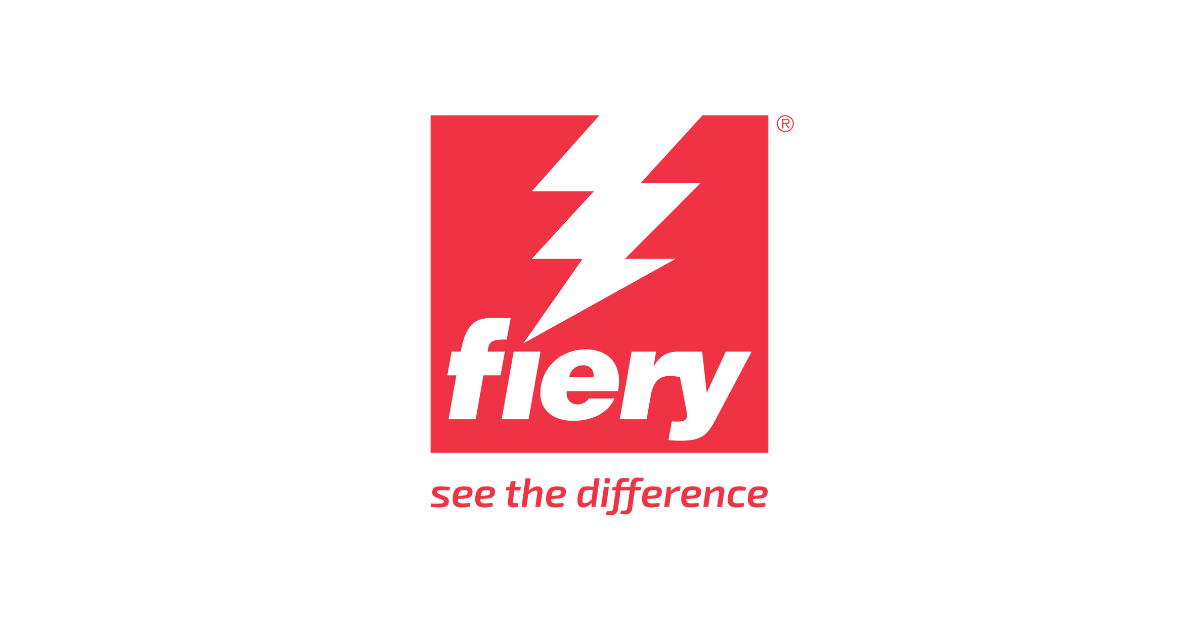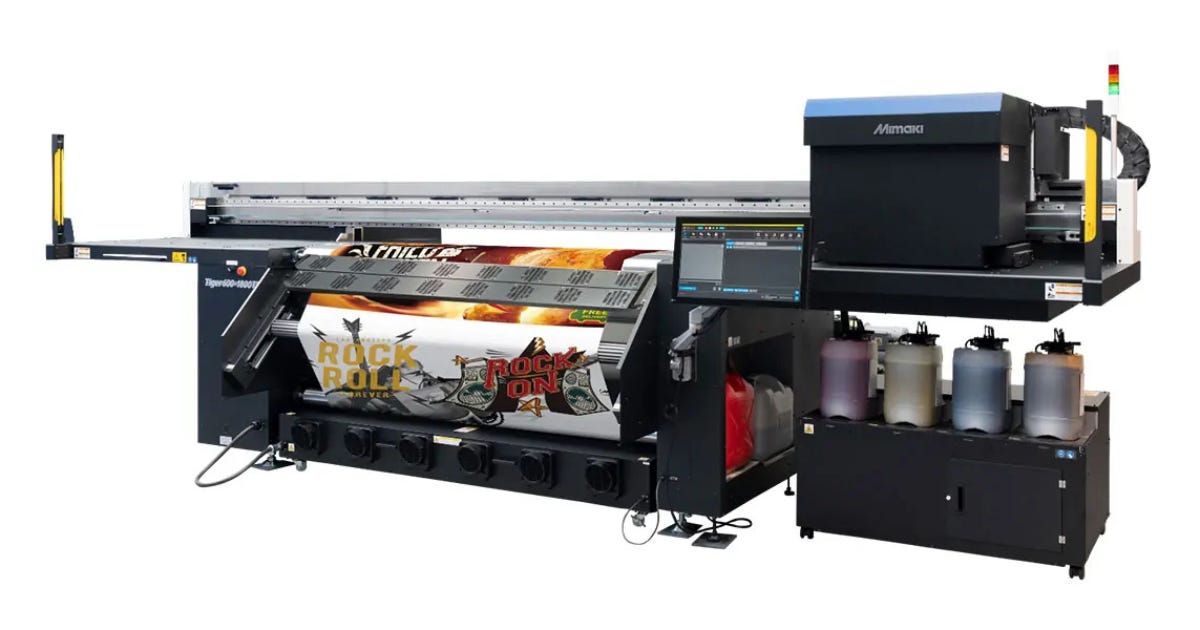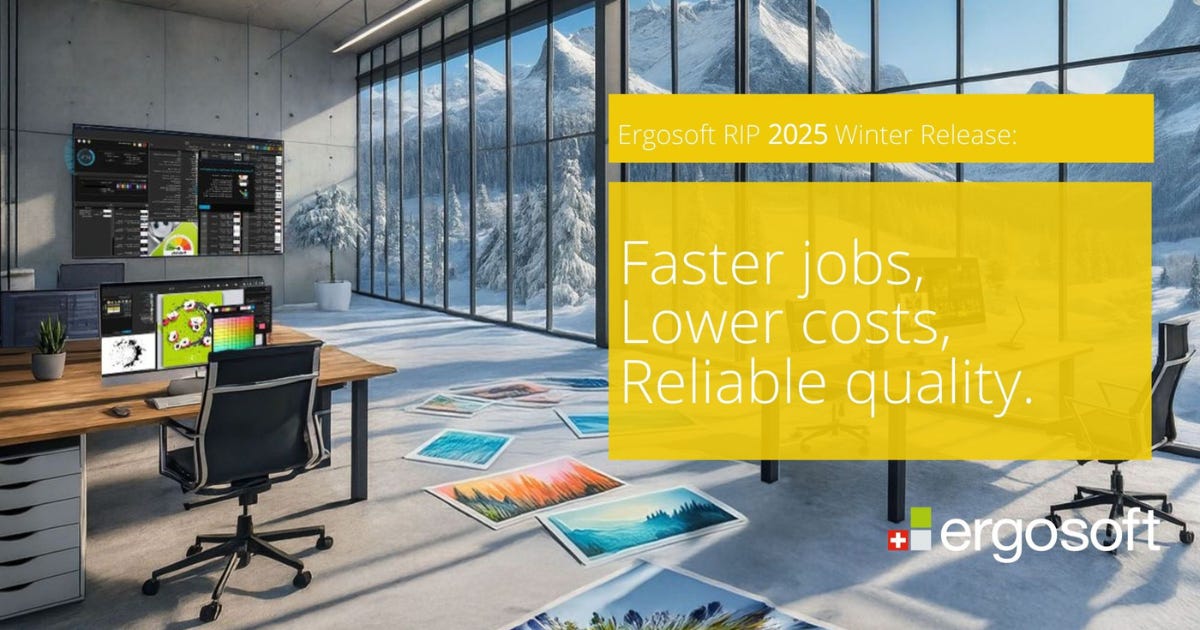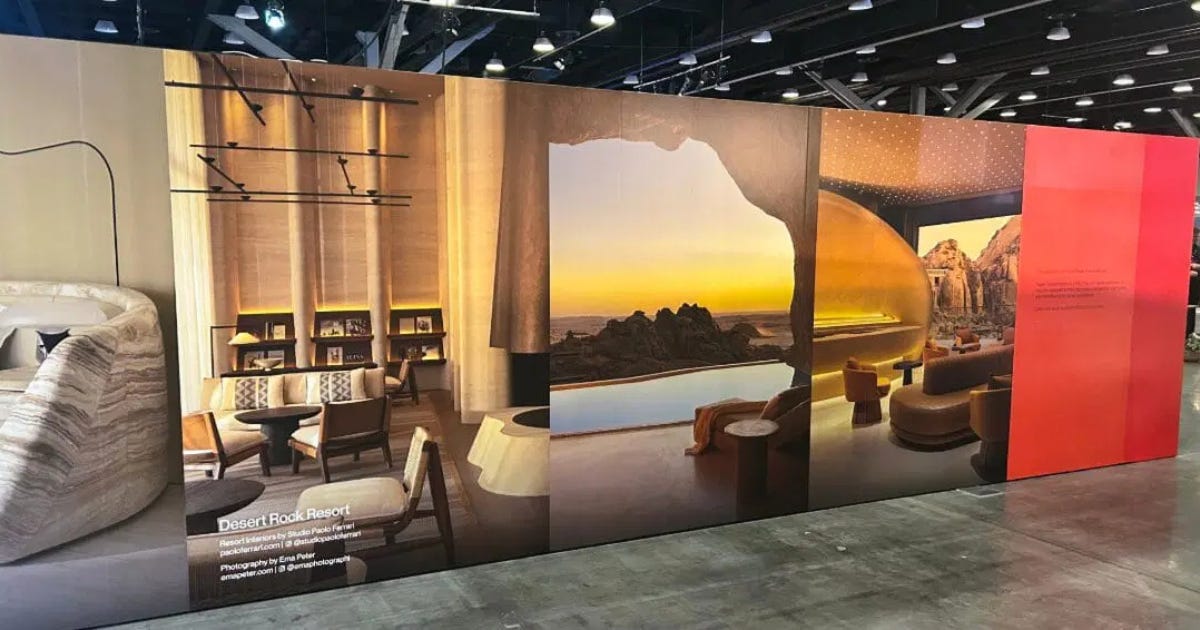Your Weekly Large Format Print Briefing [Week 46, 2025]
Your weekly 5-minute intelligence briefing for large format print professionals
Last week wasn’t about eye-watering new print speeds — it was about the brains behind the devices. From GPU-native RIPs and textile software consolidation to more automated RIP releases and installer-friendly wallcoverings, the real story lived in workflow, chemistry, and how quickly you can get from file to finished job.
📢 This Week in Wide Format Brief
GPU Cores Hit the RIP: Hybrid’s SmartRIP Went GPU-Native
Fiery’s Inèdit Deal Tightened Its Grip on Textile Workflows
Mimaki Turned the Tiger600 into a High-Speed Poster Engine
Ergosoft’s Winter Release Quietly Pushed RIP Automation Forward
Drytac’s Paper Fleece Air Proved Décor Media Can Be Fast and Clean to Install
📰 Top 5 Headlines This Week
GPU Cores Hit the RIP: Hybrid’s SmartRIP Went GPU-Native
Summary:
Hybrid Software Helix launched SmartRIP, a GPU-native industrial inkjet RIP aimed at OEMs and integrators, positioned as the “world’s first” GPU-native RIP for industrial inkjet.
Key takeaways:
SmartRIP moved rasterisation work from traditional CPUs to GPUs, promising significantly higher throughput and better scalability for multi-engine systems.
The architecture was designed to drop into OEM engines in “hours, not weeks,” which matters for smaller machine builders that lack heavy software teams.
The launch sat under the SmartDFE umbrella, tying into existing colour management and workflow components rather than acting as a standalone science project.
Why It Matters:
SmartRIP signaled a shift in how future wide format and industrial presses will handle heavy files, variable data, and complex transparencies. GPU-native ripping could shorten prepress bottlenecks and enable OEMs to deliver faster, more consistent engines. For print providers, this pointed to coming hardware where ripping no longer holds back production speed.
Fiery’s Inèdit Deal Tightened Its Grip on Textile RIP & Color
Summary:
Fiery signed an agreement to acquire Inèdit Software, a specialist in digital textile RIP and colour management, from EFI Reggiani, consolidating more of the textile pipeline under the Fiery umbrella.
Key takeaways:
Inèdit’s portfolio (neoStampa, workflow tools, colour engines) already powered many brands of digital textile printers; bringing it into Fiery extended Fiery’s reach beyond its traditional DFE base.
EFI Reggiani kept its OEM collaboration with Inèdit even after the transaction, signalling continuity for existing users rather than a rip-and-replace scenario.
The deal strengthened Fiery’s position in industrial and specialty segments, especially where textile, décor, and soft signage workflows overlap.
Why It Matters:
The acquisition strengthened Fiery’s influence across textile, décor, and soft-signage workflows, creating a more unified color and RIP ecosystem. Shops running mixed fleets could see tighter integration, fewer hand-offs, and more predictable color, but also reduced vendor diversity. It marked a consolidation wave that will shape how hybrid print providers manage color pipelines.
Mimaki Turned the Tiger600 into a High-Speed Poster Engine
Summary:
Mimaki expanded the use case of its Tiger600-1800TS industrial printer by pairing it with the new AP50 aqueous pigment ink, positioning the combo for volume production of short-term posters, POP displays, and similar graphics at up to ~220 m²/h.
Key takeaways:
The Tiger600, originally a textile-focused sublimation press, was reframed as a high-throughput device for visual communication, bridging textiles and paper-based display work.
AP50 pigment ink targeted vivid colour on paper for advertising applications, not long-life outdoor signage — think campaigns, retail refreshes, and high-turnover environments.
Early availability went to selected customers ahead of a broader commercial launch in 2026, meaning this was a signal of direction rather than an immediate mass-market shift.
Why It Matters:
By pushing the Tiger600 platform into high-speed poster production, Mimaki blurred the line between textile engines and display graphics. For shops juggling campaigns and retail refreshes, the model suggested new throughput options—if finishing and media handling kept pace. It highlighted how ink chemistry and transport systems increasingly determine ROI beyond pure dpi specs.
Ergosoft’s Winter Release Quietly Pushed RIP Automation Forward
Summary:
Ergosoft released the Ergosoft RIP 2025 Winter Release, focusing on smarter automation, new API endpoints, and workflow improvements rather than eye-catching UI redesigns.
Key takeaways:
The update added or extended automation features such as improved REST API integration, smart media matching, and ready-to-use automation samples for common workflows.
Ergosoft emphasised reduced waste and more consistent output, aligning with the very real pressure on shops to squeeze margins rather than chase max speed.
Support, licensing, and customer resources were refreshed alongside the software, hinting at a broader push to keep existing users on the latest version.
Why It Matters:
Ergosoft’s update underscored that workflow automation—not raw print speed—is where most wide format shops can still recover time and margin. Smarter media matching, deeper API support, and more stable automated flows reduce setup errors and reprints, making it a practical upgrade path for businesses aiming to connect RIPs with MIS, W2P, and production planning tools.
Drytac’s Paper Fleece Air Proved Décor Media Can Be Fast and Clean to Install
Summary:
At a major interior design show in Vancouver, exhibitors used Drytac’s Paper Fleece Air wallcovering to build bold, branded spaces, highlighting its print quality, eco-profile, and installer-friendly handling.
Key takeaways:
Paper Fleece Air is a PVC-free non-woven wallcovering with an air-release adhesive system designed to reduce bubbles and speed up installation.
At the show, it was used for temporary or semi-permanent environments — exhibitor booths, branded installations, and feature walls — where clean removal and surface protection mattered.
Designers called out both the eco profile and the fact that installers could reposition panels and align graphics more easily in a high-pressure event setup.
Why It Matters:
Paper Fleece Air demonstrated how installer-friendly, PVC-free décor materials can cut labor time and reduce risk during fast-turn interior projects. For print providers offering branded environments and events, media that aligns easily and removes cleanly directly affects profit and client satisfaction. It reinforced décor as a growth area where substrate choice drives real efficiency gains.
🎯 This Week’s Strategic Takeaway
Brains, not brawn, quietly drove the biggest gains.
Between a GPU-native RIP, a textile-software acquisition, a RIP release packed with automation, and décor media that cuts install time, the pattern was clear: the real value wasn’t in another headline speed claim — it was in how fast you moved from file approval to finished, installed job. Smart print professionals should be mapping their stack (RIP/DFE, APIs, automation, media) and asking one simple question: “Where does my current bottleneck actually sit, and which of these developments helps remove it?”
❌ This Week’s Noise
The “world’s first” arms race in RIP marketing.
Almost every cycle, someone claimed a “world’s first” in RIPs, ink, or media. SmartRIP’s GPU-native design looked genuinely interesting — but the label itself didn’t change your business. What mattered was benchmarking on your type of jobs, how quickly OEMs integrated it, and what support looked like in the field. Ignore the superlatives and focus on what reduces touchpoints, errors, and remakes in your own workflow.
📅 What’s Coming Up
🗓 FESPA Global Print Expo 2026 + Corrugated/Textile — 19–22 May 2026, Barcelona – Europe’s flagship show for wide format, textile, and signage will return with a heavy focus on digital and sustainable print. The 2025 edition in Berlin drew over 14,000 unique visitors and showcased a lot of the technology now trickling into commercial devices. If wide format is core to your shop, this is the event to budget for and plan around.
🔗FESPA Global Print Expo 2026
🧠 Smarter Every Week
Quick insight or tactical tip:
When you evaluate a new RIP or media, don’t just run a test chart. Run a full, ugly real job — nested files, spot colours, and last-minute edits — and time every step from import to sign-off. That’s where the real ROI hides.
Conclusion
Thanks for tuning into this week’s Wide Format Brief! The headlines talked about GPUs, acquisitions, and décor showcases — but the real story was how software, chemistry, and media design kept squeezing minutes and risk out of everyday jobs. Stay focused on the parts of the stack that actually slow you down, and keep your questions sharp when vendors come calling.
Until next time, keep printing smart.







